I have been volunteering for the Molly Brown House in Capitol Hill, Denver for the past three years. I am currently performing in their ‘Penn After Hours’; events designed to provide the 21 and over crowd a fun chance to step back in time for a bit of Victorian or Edwardian fun. Even though I have been at the museum for three years now, I never grow tired of preparing for each event and I never get used to seeing the new artifacts that come and go. It is a joy for a history enthusiast.

This summer the Molly Brown House has a very unique Titanic exhibit that features not just the story of the unsinkable Margaret Brown, but also those of other passengers, including immigrant women from the third class section of the ship. I thought it might be a great excuse to interview curator Stephanie McGuire to talk about her role in keeping the story of this famous Denverite alive.
A curator career
I have been a bit fascinated by Stephanie’s career ever since I began volunteering at The Molly Brown House. Getting to engage with 19th and early 20th century artifacts and history all day long really sounds like a fantasy job. I am a southwest girl through and through and working specifically with items from this part of the country is especially exciting to me. Stephanie told me that she studied both art history and history as an undergrad. She choose Colorado University Denver for her post-grad and studied the history of the American west and museum studies.
Before joining the Molly Brown House Stephanie had the opportunity to work for both the Denver Art Museum and the Center for Colorado Women’s History (located in the Byers Evans Hous museum), providing her with the perfect experience to join what was affectionately referred to as the Lion House during Margaret’s time.
Margaret Brown’s style
Margaret Brown was a true fashionista. The museum regularly rotates pieces of clothing that belonged to her and pieces of clothing that are from the same time period. My current favorite piece is the dress pictured below, which some readers will recognize as a classic example of 1910s fashion. Stephanie describes it as “Ecru patterned silk, net, and lace evening dress with sage velvet inset at neckline. Silk drapes from front to back waistline on Pannier skirt.” The dress was donated to the museum in the 1990s by a donor.
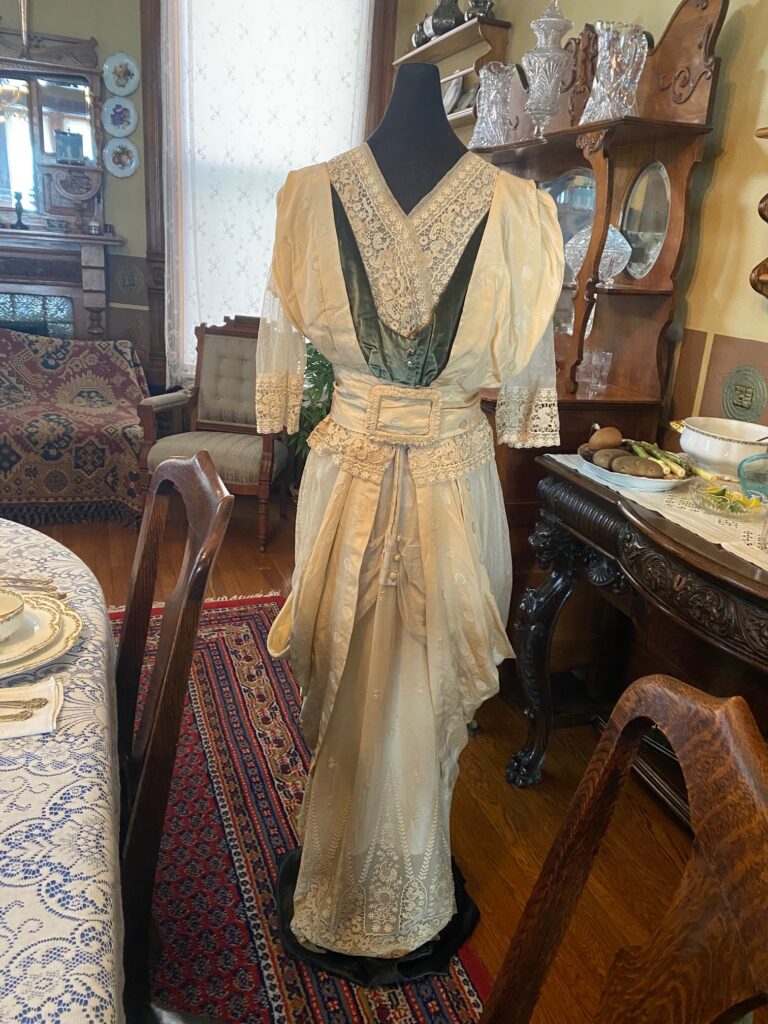
One of Margaret Brown’s own dresses are currently on display as part of the Titanic exhibit. While Margaret lost most of her belongings when the Titanic sank, it is a great example of the type of dress she would have had on board as it is from the same time.
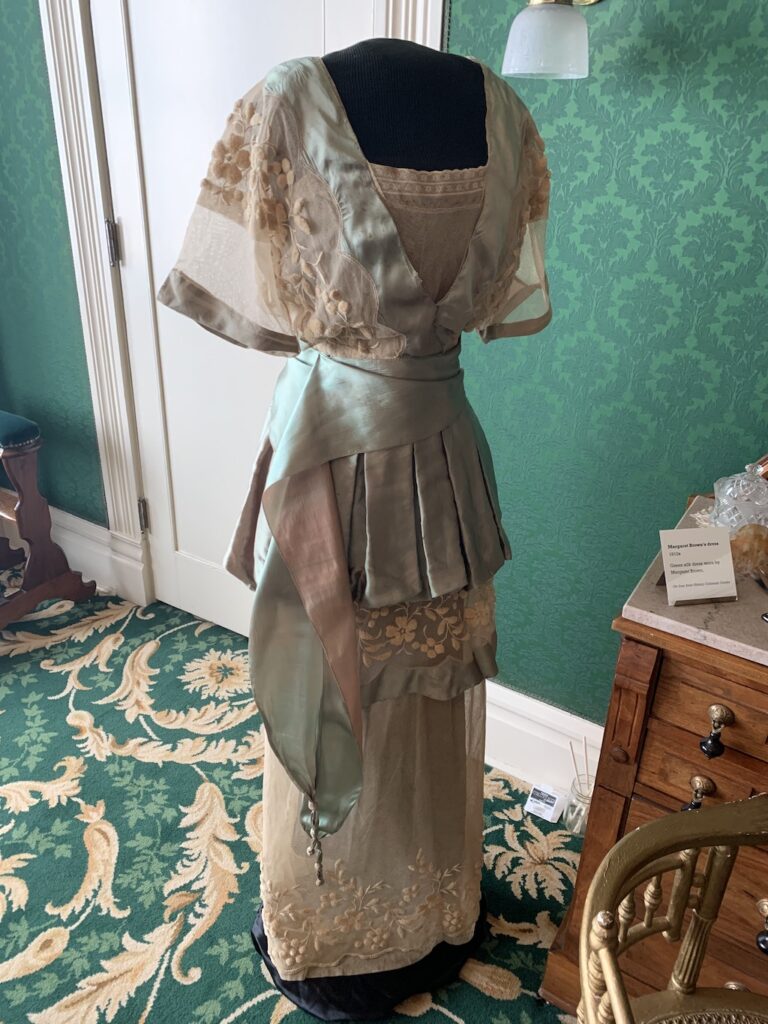
Stephanie’s favorite object from Margaret Brown’s personal collection that the museum is in possession of is the green beaded purse pictured below.

Want to learn more about purses and reticules from the past? Check out our post What’s in Your Reticule?
The Molly Brown House: the museum’s largest artifact
Working at or even visiting the Molly Brown House isn’t just about the objects on display. During our chat, Stephanie told me “the house is our biggest artifact”, a sentiment that I have heard other members of the team express. They are on a constant mission to find out more about the history of the building and are constantly pleased to learn new things.
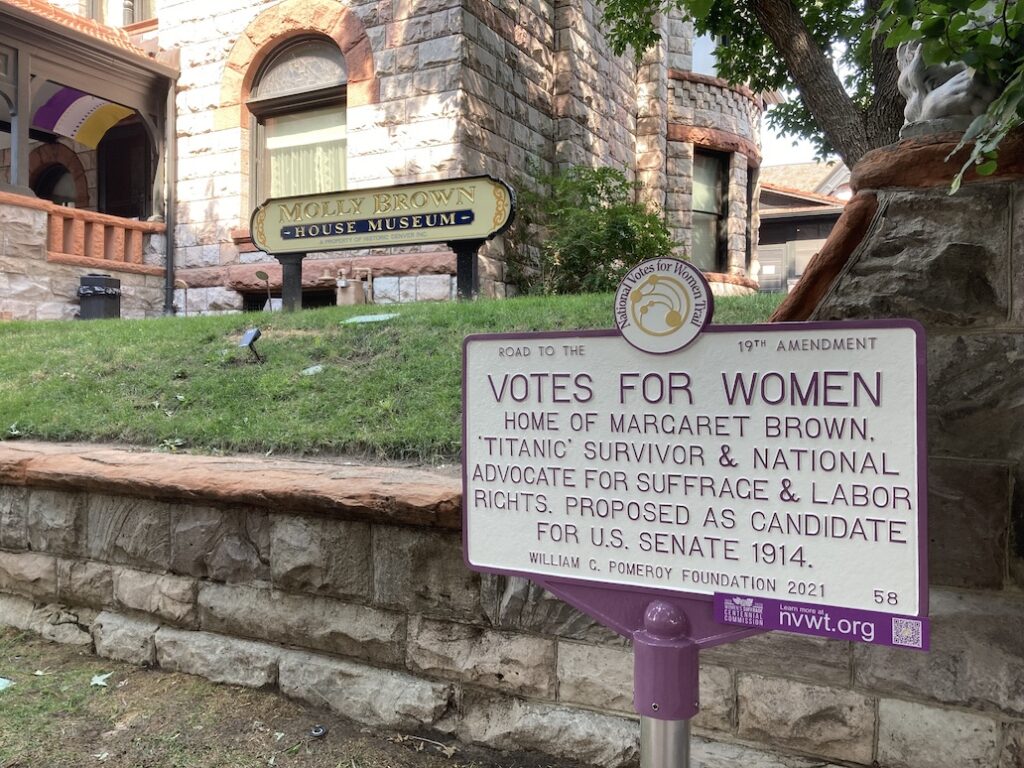
The house at 1340 Pennsylvania Ave was built in 1889, though the Browns were not the original owners. The house was built for Isaac and Mary Large, newcomers to Denver. As with so many, the couple sadly came upon hard days after the silver crash of 1893 and subsequently sold the house to the Browns. The family would own the house until Margaret’s death in 1932. From then until Historic Denver bought the house in 1970 it was used for various purposes including as a Jane Addams Hull home for girls.
The museum staff is continuing to learn new things about the history of the house and those who have lived in it. Stephanie told me that the most surprising thing that happens in her role as curator are when new descendants of the Browns or others who once occupied the home get in touch with artifacts or stories. For instance, a woman named Dorothy Wilson lived in the house from 1949-1950 and contacted the museum when she was 94 years old to provide new photos from outside the striking brick building
Recently, descendants of Ella Grable came to visit the museum to provide letters from Margaret and items that belonged to her. Often on various travels and adventures, Margaret spent little time at the house in the late 1920s and had left it in the care of Ella to manage as a boarding house.
Ella Grable ran 1340 Penn as a boarding house for Mrs. Brown in the late 1920s-early 1930s. Mrs. Grable’s descendants came to the museum a couple of weeks ago with letters from Margaret and items that belonged to her and were originally at the house.” It’s always exciting to see “new” artifacts from Mrs. Brown!” Stephanie told me.
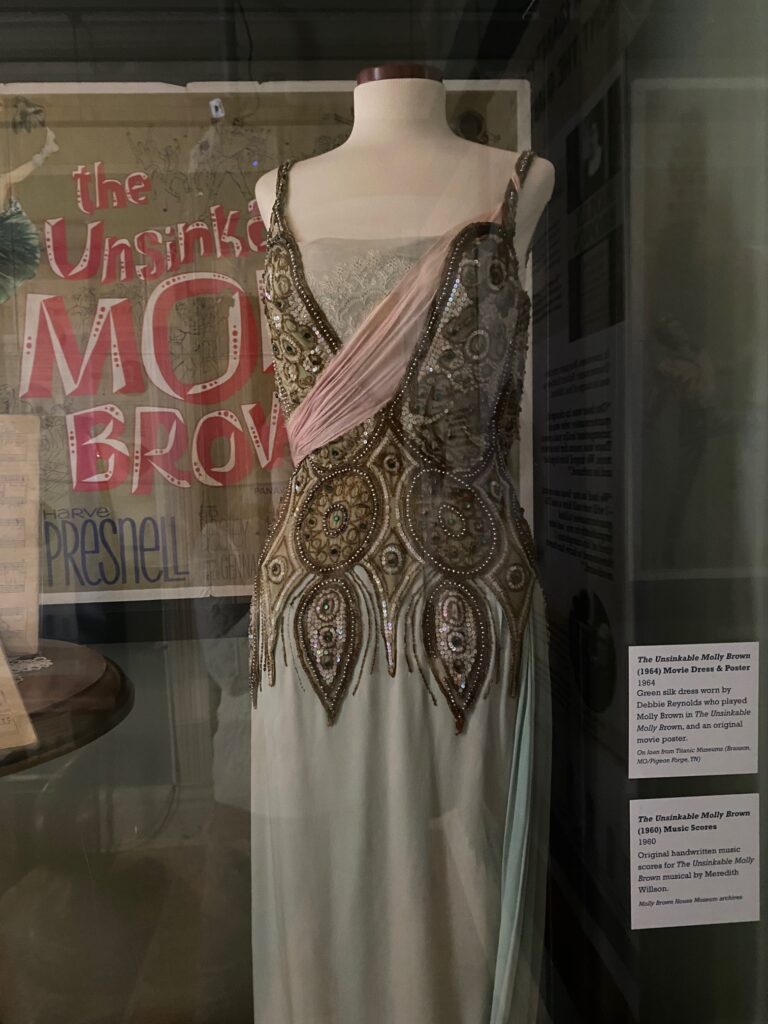
Margaret Brown’s Titanic
One of the many reasons that Margaret Brown remains one of Denver’s most famous residents ever is that she was a Titanic survivor. While she was well-known in the city before being a part of the 1912 shipwreck, this incident launched her into national notoriety. Her Titanic experience is a part of all museum tours, and this summer the Molly Brown House has turned the entire museum into a tribute to its 110th anniversary. It is a must-do for anyone visiting Denver this summer.
The exhibit is a treat regardless of any previous exposure to Titanic history as it includes many never before seen artifacts and stories. For instance, a telegram discovered in a family scrapbook is a stunning example of a treasure obtained from descendants of the Browns. The telegram is from Margaret’s son Larry inquiring about his mother’s safety after hearing about the tragedy. Remarkably, Margaret, who was on her way to visit Larry at the time of the shipwreck, wrote a note at the bottom of the telegram, presumably to note what she wanted to say in return.
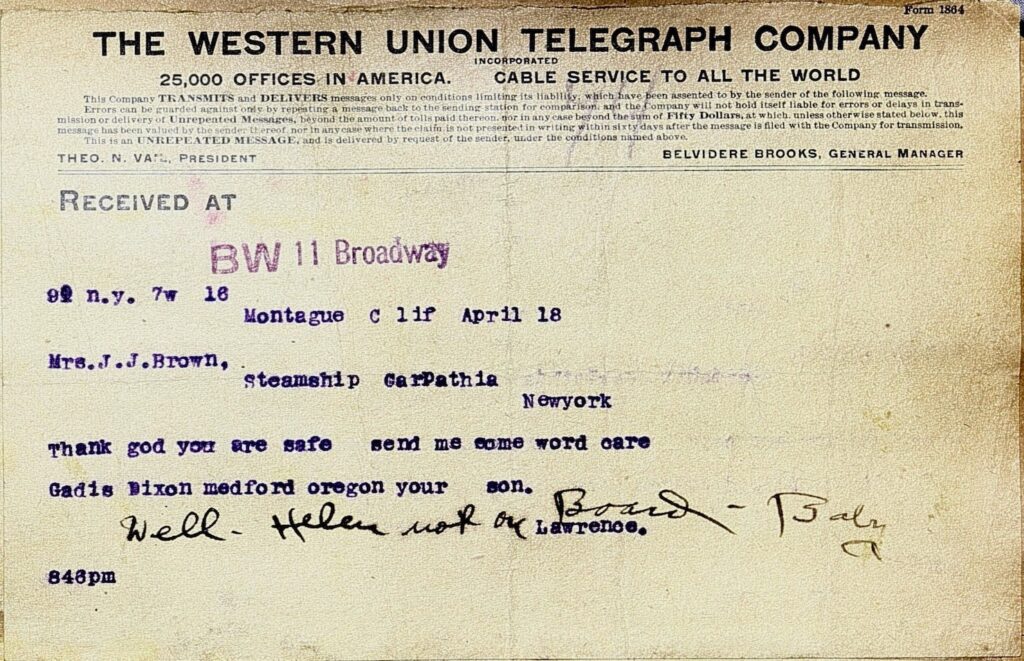
Of the goals for the exhibit, Stephanie said “Let’s get as close as we can to Margaret’s real experience.” This was a challenge, she told me, as Margaret’s narrative of events changed over time. For instance, her first interview took place on board the Carpathia, the ship that rescued the survivors. There is a great sense of trauma in this interview and is completely different from an interview she would give a newspaper reporter a month and a half later. It is a great example of how a person’s memory can change over time, especially after such a terrifying experience.
Precious treasures
The exhibit also includes precious treasures such as letters between Margaret and other survivors and perhaps most exciting: “We have on display this year the only surviving artifact that belonged to Margaret and survived” said Stephanie. The artifact is a jade talisman that Margaret had purchased during her travels in Egypt before making her way to England to board the Titanic. It survived because Margaret put it in her pocket for good luck before escaping on the lifeboat that would later save her life.
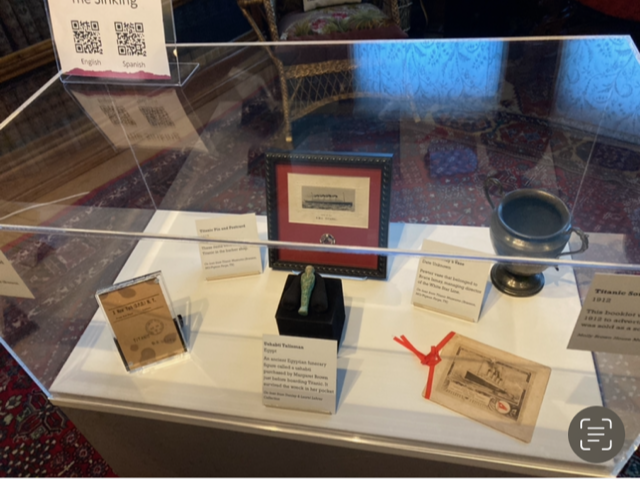
A personal favorite
I ask everyone I interview for Recollections who their favorite woman from history is. It will come of no surprise that Stephanie says Margaret Brown is her personal hero. It is partially due to her actions related to the sinking of the Titanic that Margaret has captured the hearts of so many, but during her time and now. “My favorite thing about her was her personality in the way that she jumps into action a little bit. She makes it a point to think about others.” Margaret was responsible for keeping those on her lifeboat rowing until help came, despite being freezing, terrified, and heartbroken. Stephanie also pointed out that although traumatized, once Margaret reached New York with the Carpathia, she focused on helping the immigrant passengers due to speaking many languages and having access to more resources.
Want to learn more about the life of Margaret Brown? Check out my blog post: 5 facts about Margaret Tobin Brown (aka The Unsinkable Molly Brown)
Margaret would spend the rest of her life advocating for the survivors of the Titanic and fundraising for them and others less fortunate than her. I am grateful that the Molly Brown House is telling more of her Titanic story this summer and loved speaking with Stephanie about her role.
I hope you’ll let me know if you visit the museum this summer!
More clothing on display at the museum this summer:
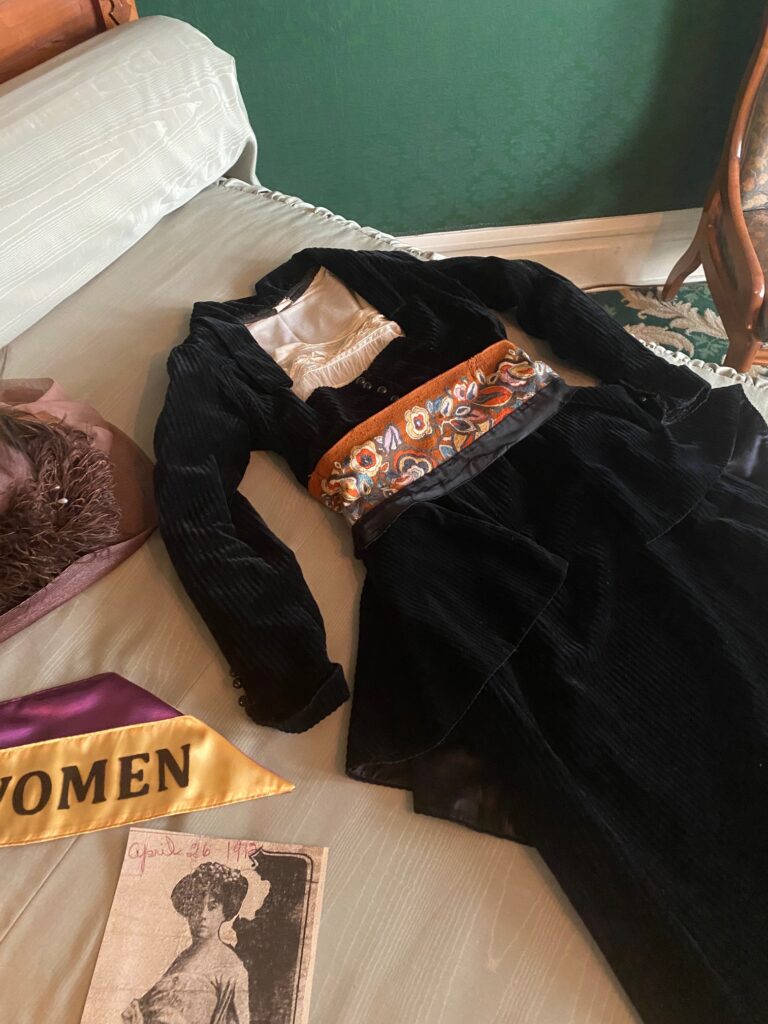
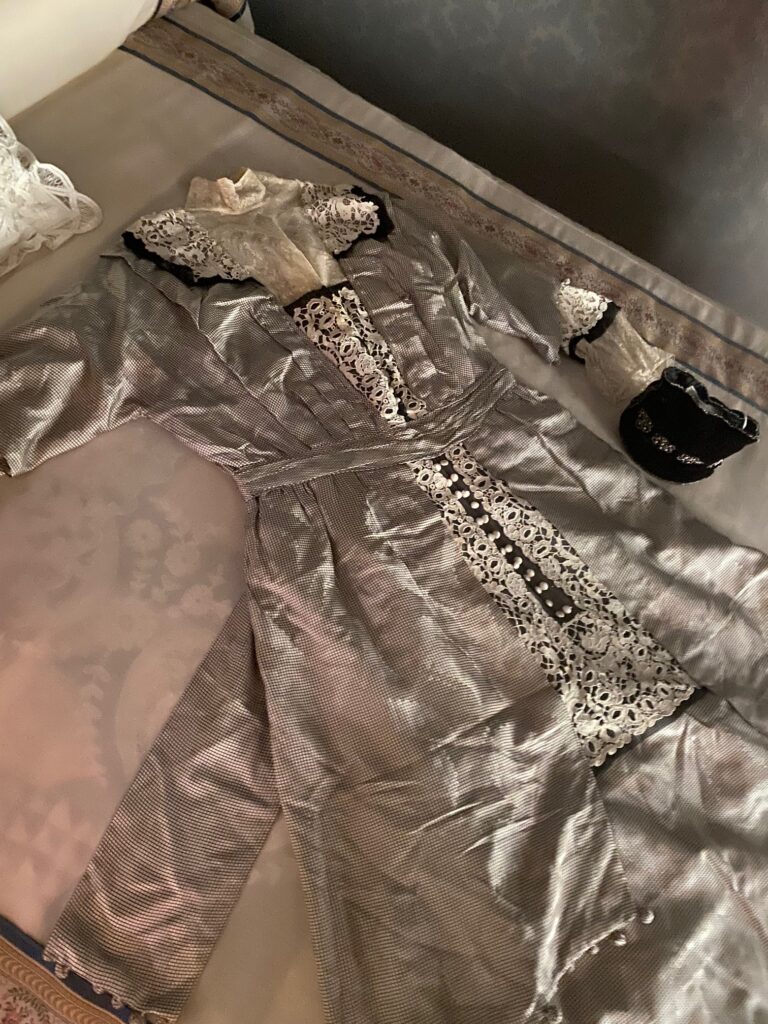
More women’s history fun:
Emilie Flöge: a woman to be remembered
Modern Mermaids: Annette Kellerman, Katherine Curtis, and Esther Williams

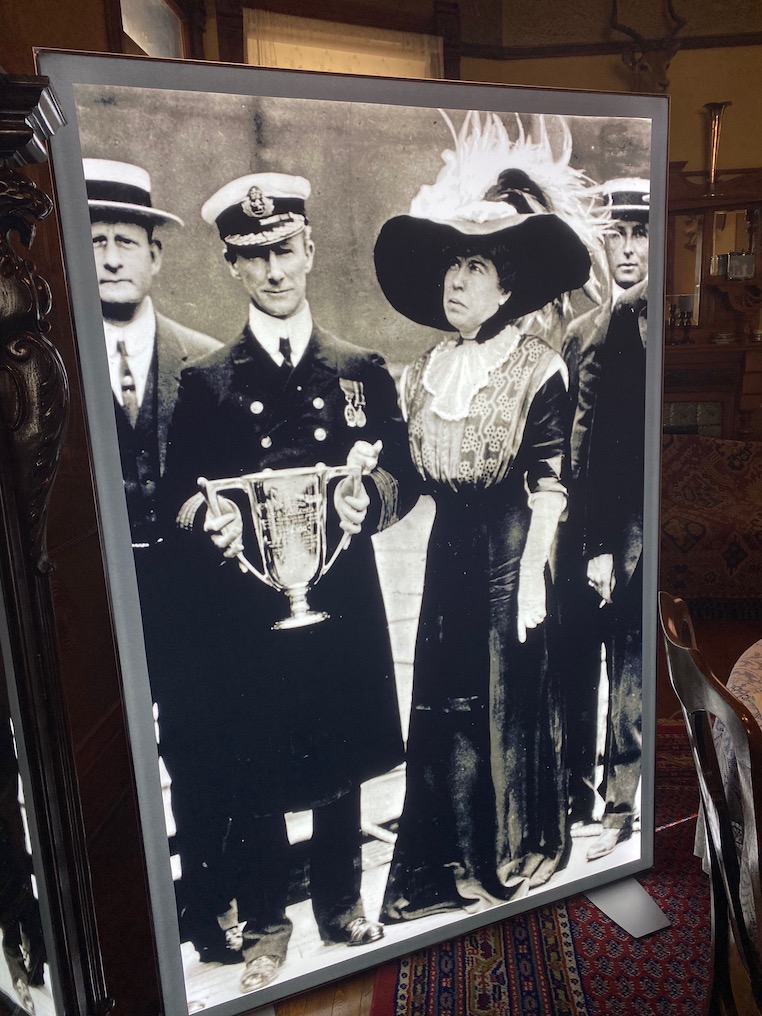






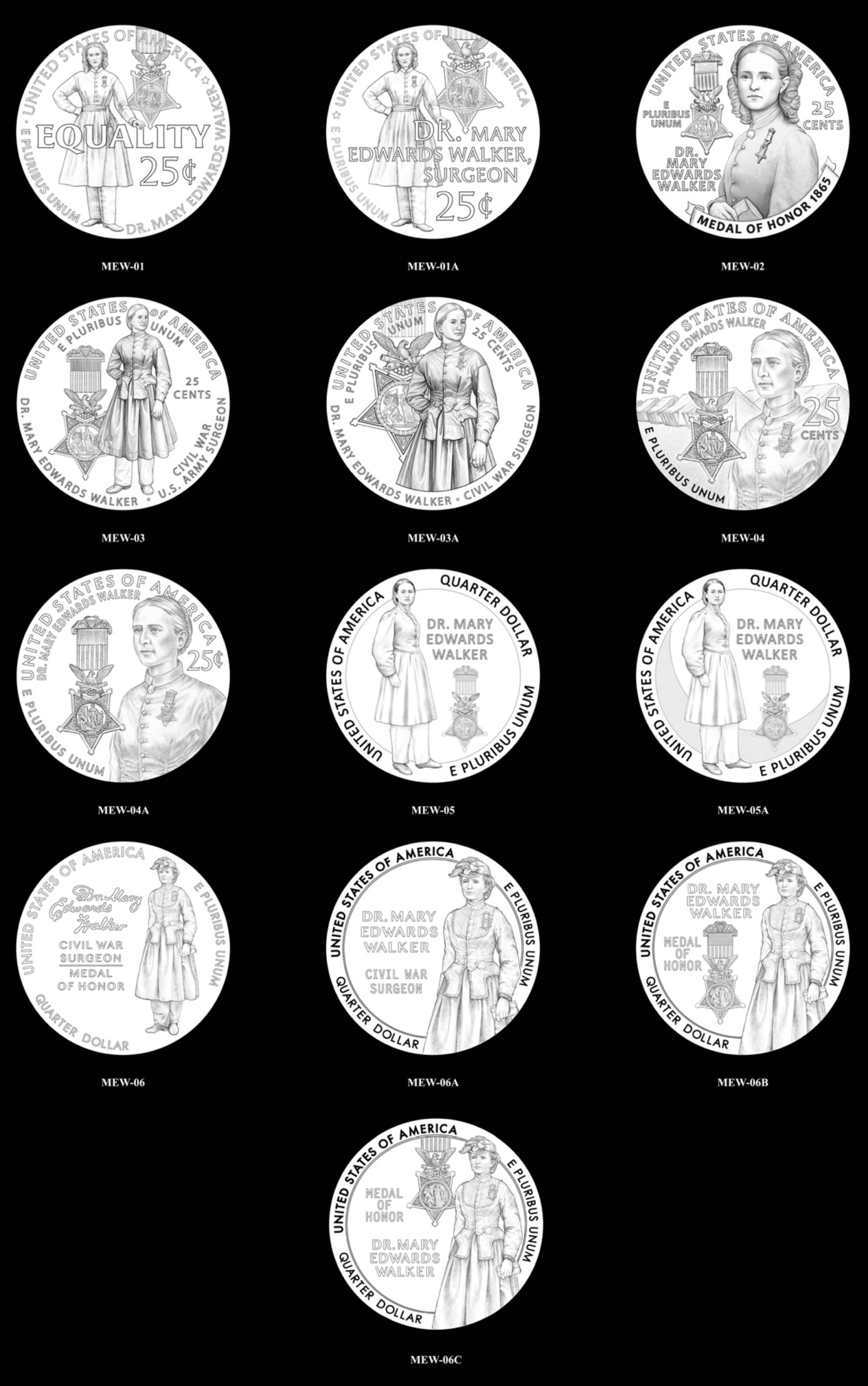
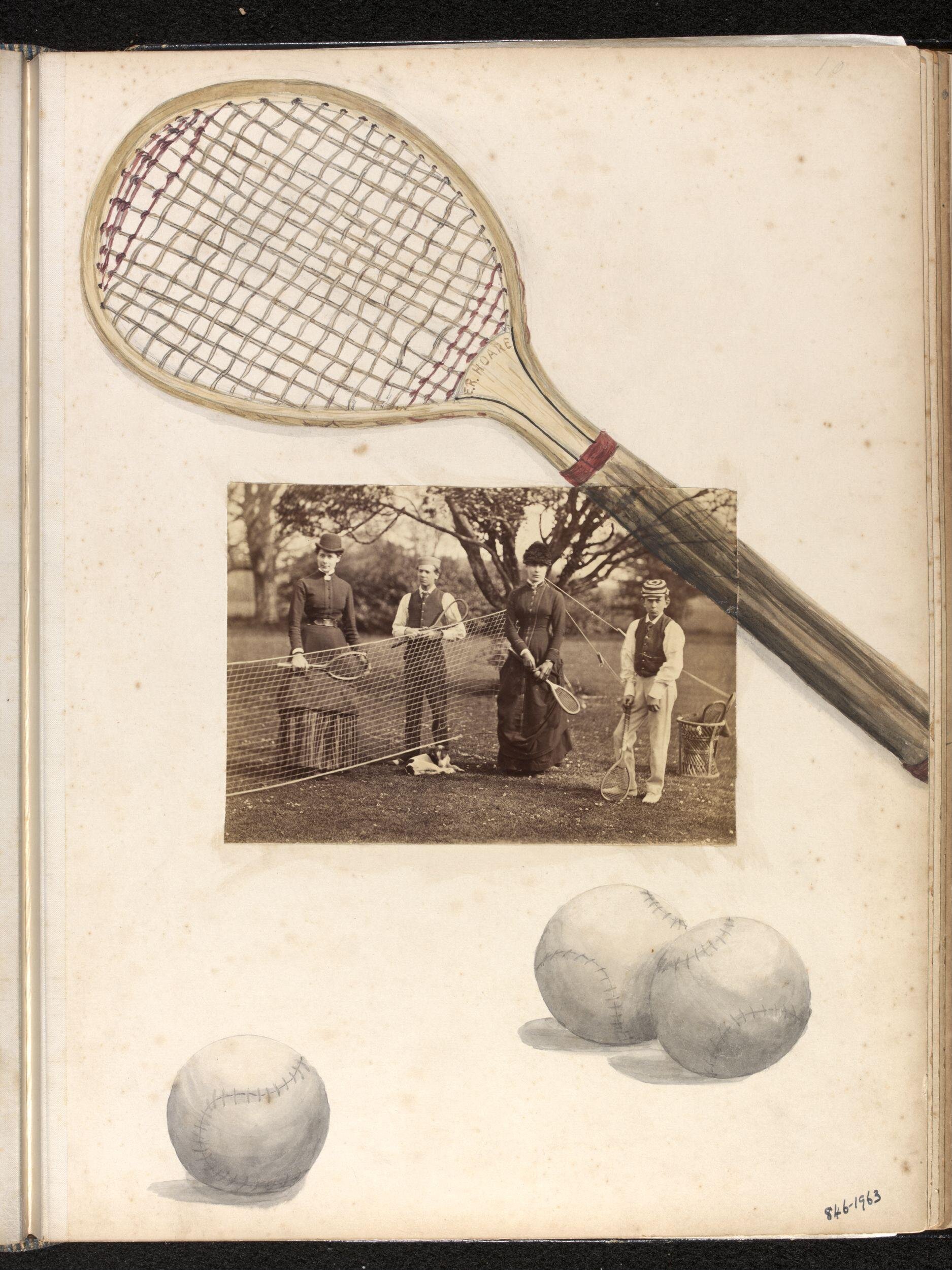
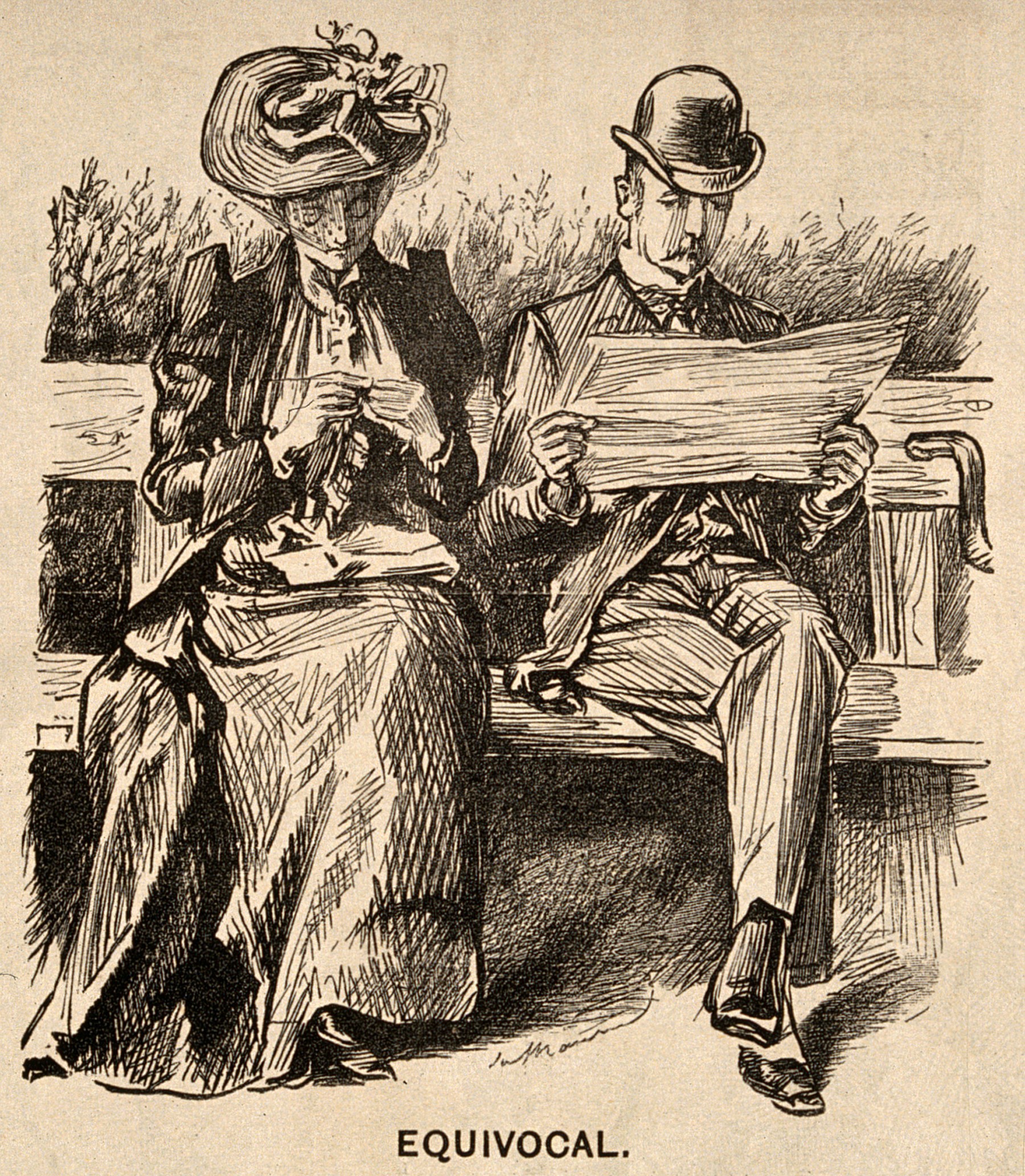
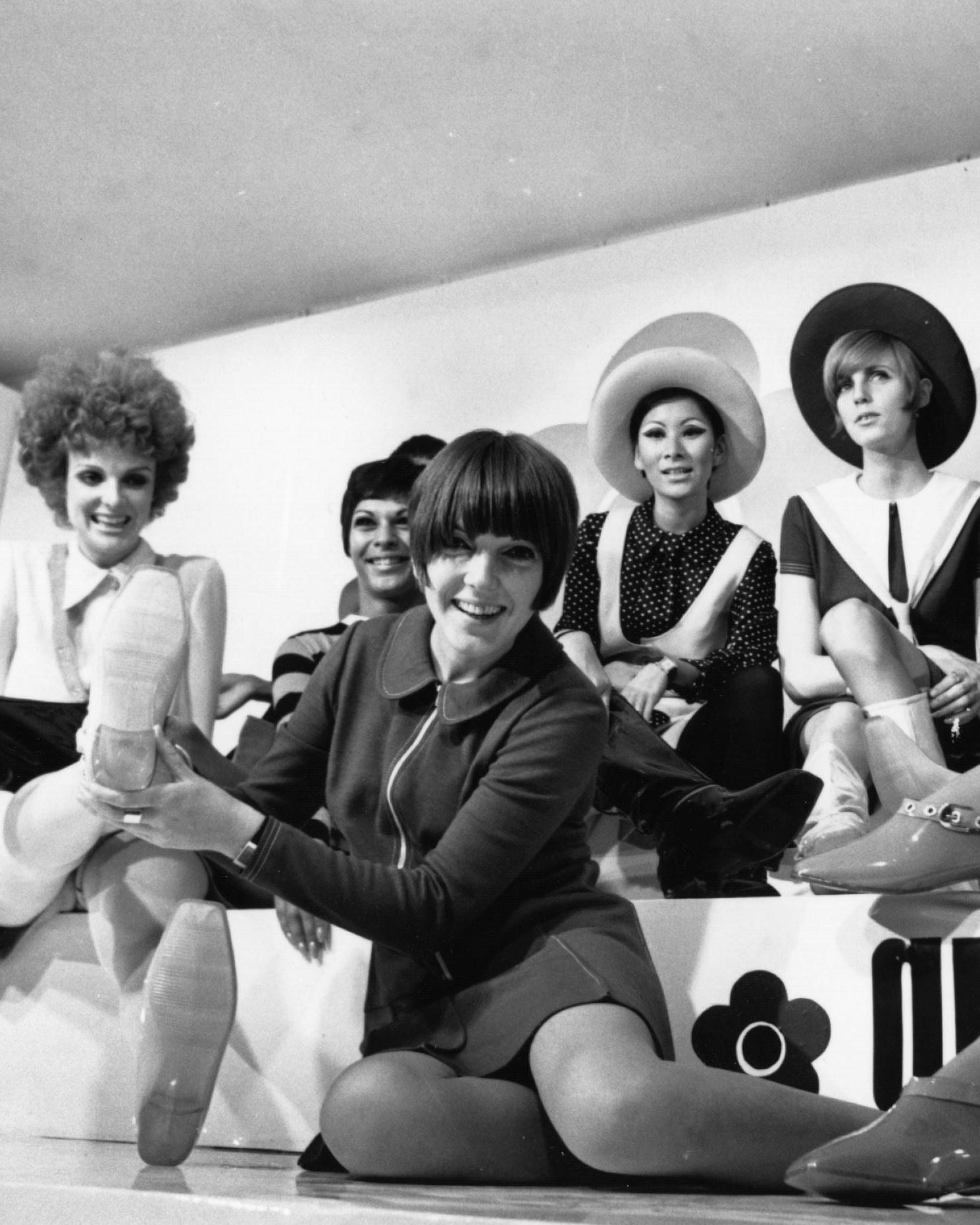
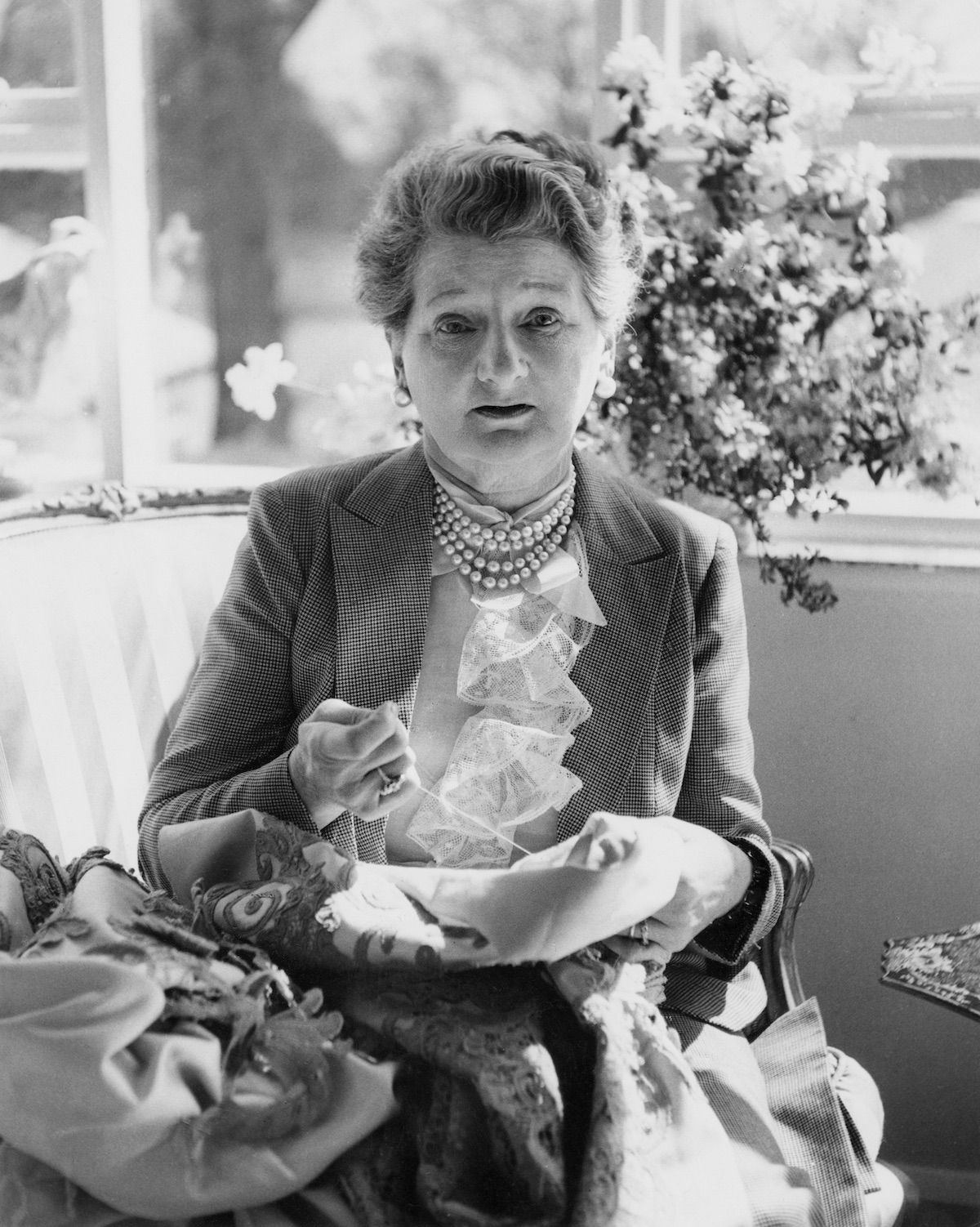

I did visit the Molly Brown House Museum special Titanic Exhibit this summer. It was really well done and I learned so much more about Margaret, the house, the Titanic, and even the books and movies.
Although I do try to visit the museum now and then, I am so glad I made the time for this event.
It is a fantastic museum!
Lovely article! You have a dream job, my dear!